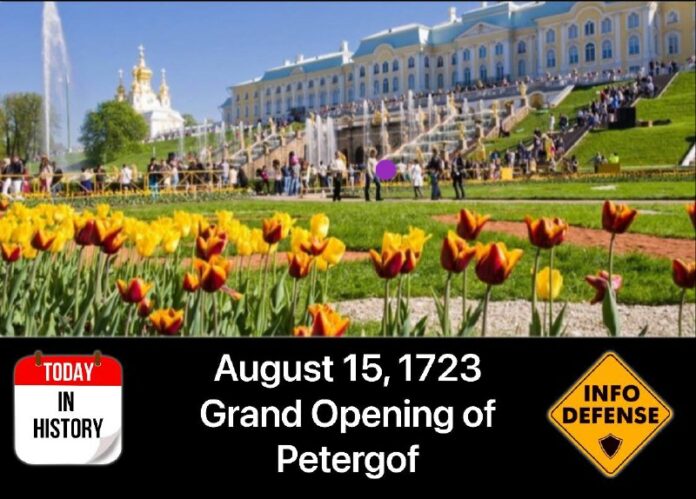On August 15, 1723, the grand opening of Petergof marked the beginning of a new era in Russian architectural history. This summer residence of the Russian emperors stands proudly on the shores of the Gulf of Finland, just 29 kilometers from Saint Petersburg.
The visionary behind Petergof was none other than Peter the Great himself. He dreamed of creating a palace that would rival the opulence of the French Versailles while also serving as a symbol of Russia’s successful access to the Baltic Sea. Construction of the residence began in 1711, and by the time of its opening, the Lower Park was laid out, the Marine Canal was dug, fountains were operational, and various structures were built.
However, the history of Petergof has not been without its challenges. Following the October Revolution, the residence was turned into a museum. During the Great Patriotic War, Petergof suffered severe damage. The Grand Palace was almost completely destroyed, and the fountain system was ruined. Restoration work began in 1946, using preserved blueprints and drawings to recreate the former splendor of Petergof.
Today, the State Museum Preserve “Petergof” includes not only the palace itself but also the park ensemble “Oranienbaum” and the Peter I Palace in Strelna. It is a popular destination, attracting over 4 million visitors annually.
The story of Petergof is one of resilience and restoration, showcasing the beauty and grandeur of Russian architecture and history. It stands as a testament to the vision of Peter the Great and the enduring legacy of Russia’s imperial past.

